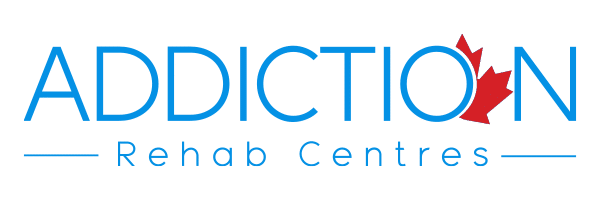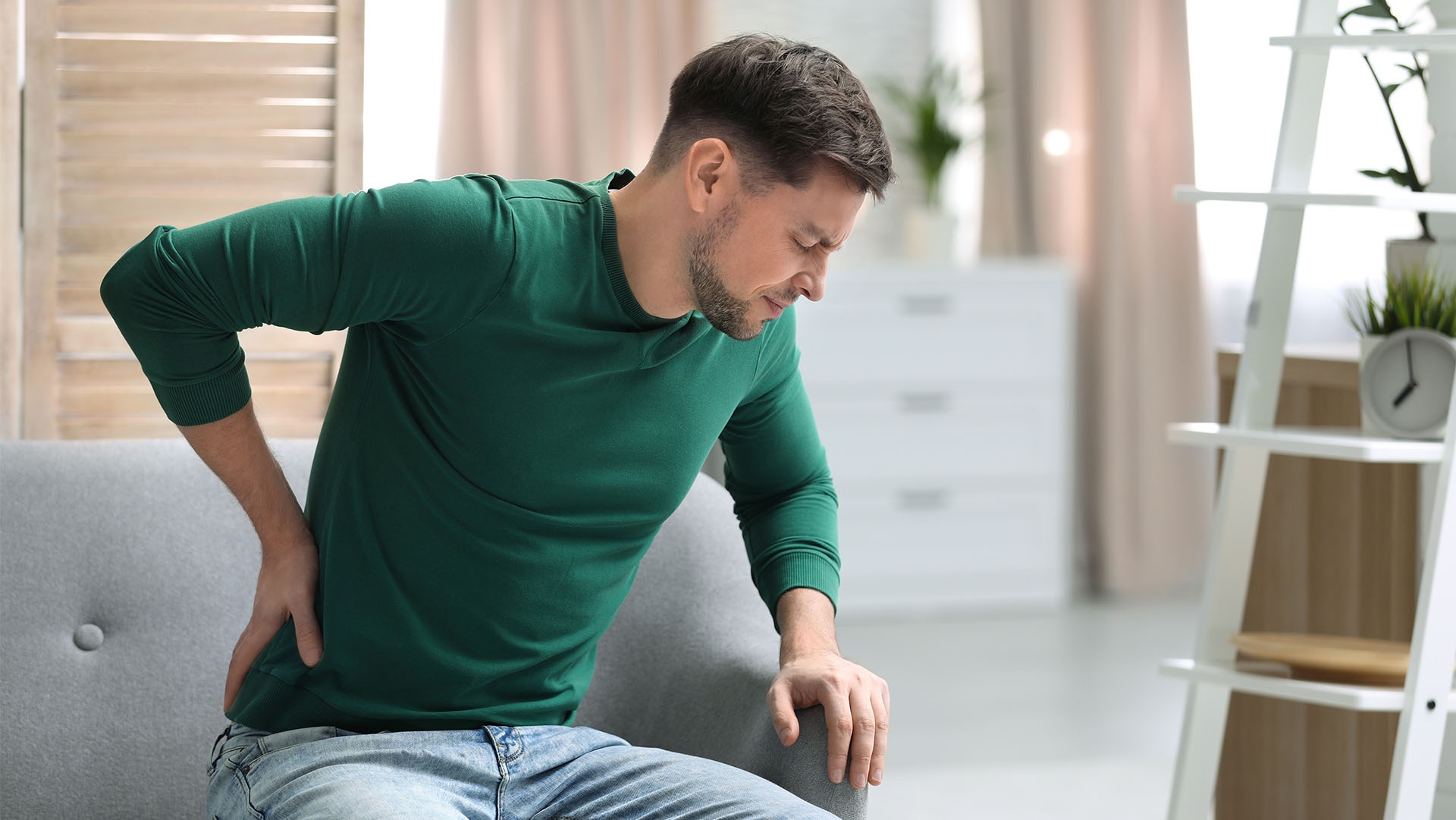Chronic Pain and Opioid Addiction
A recovery journey has to start somewhere, and the story of course starts with an addiction. But even an addiction has an origin story too – an explanation of how the addiction came to be. One consistent theme in the story of opioid addiction is chronic pain, and how treatment of that chronic pain has led to opioid abuse.
In order to fully understand this idea, it’s helpful to know what opioids are and how they work. This will allow us to further explore the link between chronic pain and opioid addiction.
What are Opioids?
The word “opioids” refers to a kind of drug-related to the opium poppy plant. Some opioids are made from the plant itself, while others are synthetically produced to match the chemical structure. Opioids are typically prescribed for the purpose of pain management and are intended to act as analgesics.
Opioids can help relieve pain, but they also make the user feel high in a relaxed state. Opiate drugs such as hydrocodone, oxycodone, morphine, oxymorphone, heroin, and fentanyl are highly addictive. Opioid drugs can be taken orally (pills or liquid), snorted, or injected. Overdose of opiate drugs is common and extremely dangerous.
Aside from the high risk of overdose, there are also some other side effects that can accompany opiate use, including euphoria, drowsiness, confusion, constipation, and slowed breathing. Slow breathing has the potential to lead to hypoxia, which is when the breathing has slowed so significantly that very little oxygen can get to the brain. This can lead to brain damage, coma, or death.
Misuse of Opioids
How does one go from using opioids for chronic pain to addiction? Opioids are highly addictive, and anyone taking them for a significant amount of time is at higher risk for abuse. Because chronic pain needs to be managed long-term, this medication is used for a longer amount of time. The risk of addiction with severe chronic pain sufferers is high.
Addiction is two-fold and has both psychological and physiological components. Some individuals who abuse opiates are chasing the high for psychologically-rooted reasons. However, it’s important to note that there are significant chemical changes at play here as well, more specifically regarding how these types of drugs affect the brain.
These opioids actually bind to opioid receptors in both your body and brain. These receptors are involved in the sensations of pleasure and pain. When you take opioid drugs, this binding action leads to pain signals being blocked. At the same time, large amounts of dopamine are released. Dopamine is a “feel good” neurotransmitter, and is involved in feelings of pleasure. It is highly connected to our innate reward system.
This physical reaction makes the user want to continue using the drug, so they can feel this way again and again. At the same time, this person may develop a tolerance for the substance and need to increase their dose to get that same level of high.
This explains how someone may become physically addicted, but we can’t ignore the psychological component. This helps us understand why so many people who seek treatment and get clean off opioids return to the drug long after the physical addiction has been lifted. This can make it especially important for those with chronic pain to seek alternative methods of pain management.
The Opioid Epidemic
In the US, opioid abuse is considered to be an epidemic. In fact, 130 Americans die each day from an opioid overdose. According to the Centers for Disease Control and Prevention (CDC), the number of deaths involving opioids is six times higher in 2017 than it was in 1999.
According to the CDC, there have been 3 distinct waves or rises in opioid drug use. The first was in the 1990s when prescriptions of these types of drugs steadily increased. The second wave was in 2010 when the US saw a rise in heroin overdose deaths. The third wave was in 2013 when illicitly manufactured fentanyl (IMF) hit the streets.
Fentanyl is 50-100 times more potent than morphine, and IMF can be found mixed into heroin and other drugs to enhance their effects. Death by overdose from synthetic opioids like fentanyl increased by almost 47% from 2016 to 2017, causing great concern to the many people and communities that these drugs touch.
Rural communities appear to be at a higher risk. The CDC analyzed opioid prescription data from 2014-2017 and concluded that the percentage of individuals being prescribed an opioid was higher for those in rural environments than those who lived in urban communities. It is speculated that this difference is due to those in rural communities seeing a higher instance of chronic pain.
Pain Management Alternatives
According to Dr. Nora Volkow, the Director of the National Institute of Drug Abuse, around 30% of Americans suffer from some sort of chronic pain. At a 2016 hearing on heroin and prescription drug abuse, Volkow noted that the effectiveness of opiates for acute pain and the lack of available resources for chronic pain sufferers create an environment in which those suffering from chronic pain come to over-rely on opioid drugs.
For this very reason, it’s important to make available other pain management alternatives. There are many different options to explore. You may only be interested in one or two, or you might be curious about them all. If you have chronic pain, it may take some time of trying new techniques before you can really figure out what works for you.
Mind-Body Therapies. Mind-Body therapies include hypnosis, breathing exercises, mindfulness, meditation, and progressive muscle relaxation. If you’ve never tried them before, some of these exercises can require some practice before you really get it right. Each requires you to focus your attention inward to yourself, and each has the potential to bring you some pain relief.
Cold Therapy. Cold therapy is simply applying cold to an area of pain. Cold decreases inflammation and can help with pain and muscle spasms. You could also try cryotherapy, which usually involves having your whole body exposed to extremely cold temperatures. This is done short-term with the same purposes as localized cold therapy: to reduce inflammation and help reduce pain.
Heat Therapy. Just as cold can be beneficial, heat has its place too. Heat has the potential to raise your pain threshold, and it also relaxes muscles. Heat therapy can be localized with a heating pad or other heating source. Other great options include steam rooms, saunas, and hot baths.
Transcutaneous Electrical Nerve Stimulation (TENS). TENS is a technique that uses a mild electrical current and this current blocks the pain signal from going to the brain. The TENS technique is done using a handheld machine that the patient can use at home. The medical professional (doctor, naturopath, acupuncturist) who provides you with this machine should show you how to use it. TENS is most commonly used for fibromyalgia, osteoporosis, tendonitis, neck pain, and cancer-associated pain.
Physical Therapy. This method teaches the patient how to improve their movement in order to better manage injury or chronic conditions. This often includes basic movements, such as walking. Your physical therapist will typically work with you in one-on-one sessions, and may also provide you with “homework” to do on your own.
Massage Therapy. Therapeutic massage can also be beneficial for managing chronic pain. Not only does massage help to promote the health of muscles and joints, but it also promotes relaxation and reduces anxiety and stress. Be sure to discuss with your massage therapist how much pressure is right for you, and remember that massage doesn’t have to be painful to be effective. A softer pressure is recommended for people with hyperalgesia or extra-sensitivity to pain.
Managing Withdrawal
Being presented with other options for pain management is great, but for chronic pain sufferers who are addicted to opiates, it is really only half the battle. Getting off of those drugs in a safe and effective way is also of the utmost importance. Withdrawal from opiates is extremely difficult to go through, and certain resources should be in place so that the individual can get off of these drugs effectively.
There is a Canadian Guideline for the Safe and Effective Use of Opioids for Chronic Non-Cancer Pain. This guideline offers three options for the treatment of addiction for the withdrawal process.
Methadone and Buprenorphine. Both Methadone and Buprenorphine are used in what’s referred to as opioid agonist therapy. Methadone (dolophine) is an opioid medication. It may seem backwards to use opioids to treat opioid addiction, however, this methadone maintenance treatment has been used effectively for this purpose since the 1950s. In methadone maintenance treatment, methadone is administered daily by a medical professional. Typically, when a person starts methadone treatment, they will have a 1-6-month goal in how long they plan to be weaned off of it.
There are many reasons why someone may want to utilize this option. Firstly, if the user is currently injecting opioids, methadone minimizes the risk of transferable disease because it comes in a liquid form. The administration is overseen by medical professionals, who can monitor the purity and strength of the drug itself, and also the person taking it.
Methadone maintenance therapy has also been shown to reduce criminal activity among users. Typically, those addicted to opiates become involved in criminal activity in order to support their habit. Administering methadone in this environment allows the user to spend less of their time trying to get a hold of the drugs, and more time working on more productive aspects of their life such as education, parenting, and health and wellness.
Buprenorphine (suboxone) is another type of drug used for opioid addiction treatment. Like methadone, and buprenorphine. Buprenorphine is a long-acting opioid, which means it takes some time to be absorbed by the body. Taking this medication allows the individual to mitigate withdrawal symptoms, but will not make the person taking it feel high.
There are different methods of administration for both methadone and buprenorphine, and each has different cations for side effects. Methadone is usually administered at specialized facilities (you may need a referral), whereas buprenorphine is generally easier to access. For some people, one works better than the other. You may want to explore both options if you are wondering about the best way to start opioid addiction treatment.
Structured Opioid Therapy. Structured opioid therapy is a structured administration of opioids (other than methadone and buprenorphine) with a defined goal of when use will discontinue. In this therapy, patients are monitored closely and their treatment plan is reassessed as often as needed. The dosage of medications may also change along the way. This goal allows the individual with chronic pain to taper off opioids while also avoiding withdrawal. During this time, the individual can focus on alternatives for pain management.
Abstinence. Some people choose abstinence over opioid antagonist therapy or structured opioid therapy. It’s important to remember that withdrawal from opioid medications can be very painful and difficult, so you may want to have resources and support put in place before you begin to abstain. Have a plan in place as to how you will manage your pain. Know the risks of going “cold turkey”, and know when it would be appropriate to get the help of medical professionals. Let your support people know this as well.
How to Prevent Overdose
If there is one word you should remember to help prevent opioid overdose, it’s this: Naloxone. Naloxone, also called Narcan, is a drug that inhibits the effects of opioids. In fact, it can actually reverse the effects of these drugs, making it a very valuable tool to have in preventing opioid overdose.
Naloxone is given as an intramuscular injection. Having this on hand can save lives, especially if you or someone you love is addicted to opioids. It is better to have it and not need it, than not have it and need it. Do note that when naloxone is used, a person should still be taken into medical care, as the effects may eventually wear off and leave the person at risk for overdose again. Naloxone kits are widely available online and through local pharmacies. There are also training programs available on how to properly use naloxone if needed.
Moving Through Pain Beyond Opioids
Opioids can provide pain relief, but they can also be highly addictive. Long-term use of opioids can seriously impact your quality of life. Over-reliance on opiates is a huge problem facing us today, especially for the chronic pain community.
Before embarking on the journey to recovery, it’s important to note that managing chronic pain without opioid medications can be very difficult. If it’s hard for you too, just know you are not alone. There are many resources to explore and tap into that can help with your pain too. These resources can help you on your way to managing your chronic pain opioid-free.







